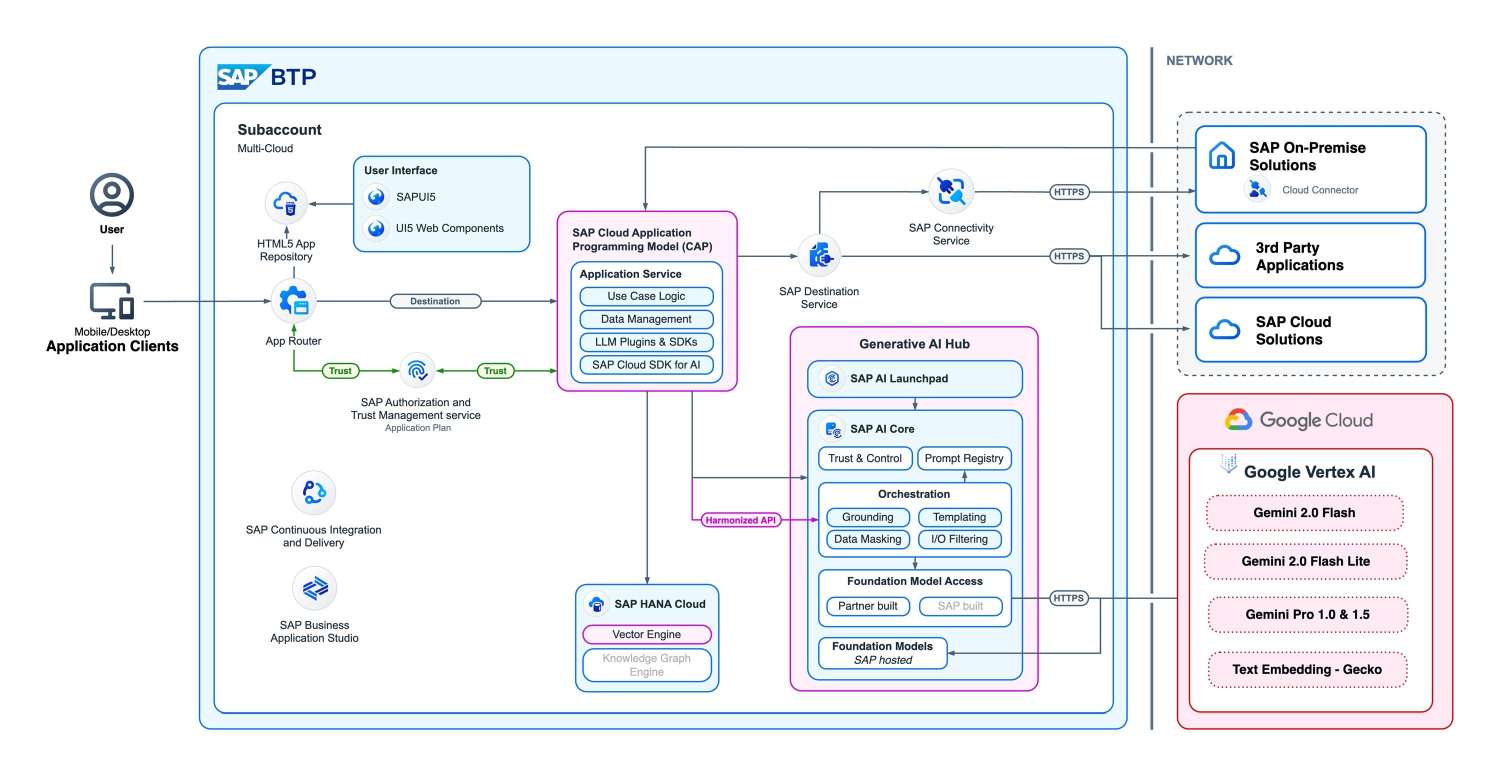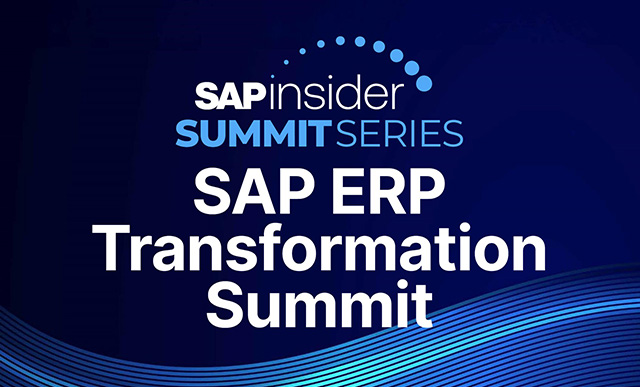SAP to Contribute to Google’s Agent2Agent Protocol
Meet the Experts
Key Takeaways
⇨ SAP has been announced as a founding contributor to Google Cloud's newly announced Agent2Agent protocol.
⇨ SAP is expanding access to Google models in the generative AI hub.
⇨ SAP is advancing multimodal RAG, a highly requested capability among SAP customers.
AI agents are an increasingly important part of today’s enterprise landscape because they help organizations scale, automate, and enhance processes throughout the workplace. However, one of the challenges that exists with these agents is that they may have been built by different vendors or may use a different framework. This makes collaboration between AI agents across a multi-agent ecosystem that may have siloed data, systems, and applications complex and difficult to achieve.
To address this need, Google launched an open protocol called Agent2Agent (A2A) at Google Cloud Next 2025. With the support of more than 50 technology partners, including organizations such as Atlassian, Salesforce, SAP, and ServiceNow as well as leading GSI’s, the A2A protocol is designed to allow AI agents to communicate, securely exchange information, and coordinate actions across platforms and applications.
Following the initial A2A announcement, SAP has provided more details on how they will be contributing to the protocol, and why it is an important foundation for AI agents. The collaboration with Google aims to empower organizations with more adaptable, integrated, and context-aware AI capabilities.
Explore related questions
Open Agent Collaboration with A2A Protocol
A cornerstone of this partnership is SAP’s role as a founding contributor to the Agent2Agent (A2A) interoperability protocol. One example provided of how this collaboration will work is in a customer dispute scenario. A common occurrence is for a representative to receive a billing enquiry via Gmail. Instead of having to open another application, SAP’s AI assistant, Joule, can be invoked directly from the email to initiate and orchestrate a dispute resolution process, coordinating with a Google agent accessing BigQuery for relevant data. This seamless interaction between AI agents eliminates a need to switch systems, perform data reconciliation, or context loss.
Expanded Access to Google Gemini Models
SAP is also enhancing its generative AI hub in the SAP Business Technology Platform (BTP) by integrating Google’s Gemini 2.0 Flash and Flash-lite models. This expansion offers customers a broader selection of high-performance, low-latency models optimized for enterprise workloads. By combining Google’s model innovation with SAP’s understanding of enterprise processes, businesses can develop AI-driven solutions that are both powerful and aligned with their operational needs.

Advancing Multimodal Intelligence
The collaboration also introduces multimodal retrieval-augmented generation (RAG) capabilities, leveraging Google’s video and speech intelligence technologies. This integration allows SAP systems to process and extract insights from multiple data types—text, images, audio, and video. For example, SAP utilizes Google’s Video Intelligence for on-screen text detection and Speech-to-Text API for accurate audio transcription, enabling users to retrieve specific, contextually relevant moments within video content.
What This Means for SAPinsiders
Although the number of organizations running their SAP workloads on Google Cloud is smaller than those using other hyperscalers, Google is at the forefront of AI and AI agent development. This announcement demonstrates the depth of the partnership between SAP and Google Cloud and shows that both want to make AI open and grounded in real business needs. Given this announcement, what should SAP users do to leverage the benefits of AI?
- Explore the AI agents that SAP is already making available. SAP has already started making AI agents available via their generative AI assistant Joule. Joule is designed to activate teams of AI agents across an organization to execute complex workflows guided by tools like SAP Knowledge Graph and functioning in SAP Business Data Cloud. While Joule is only available in SAP S/4HANA for customers running RISE with SAP or GROW with SAP, Joule can be accessed across most of SAP’s solutions and can be created using tools like Agent Builder in Joule Studio. Exploring these capabilities makes sense for organizations that are interested in embracing AI.
- Understand the benefits of Google’s Agent2Agent protocol in an environment where AI agents need to be collaborative. With nearly every major software vendor and SAP partner introducing AI agents, the benefits of A2A should be obvious. Without a means for AI agents to collaborate and work together, there will never be the ability to follow business processes across solutions and landscapes. Google is using their experience to create an industry standard that includes security and authentication and allows AI agents to collaborate. This is going to be vital for data, input, and feedback to be provided from multiple applications.
- Use these capabilities to prepare for future AI needs. With more organizations using AI and with the further development of AI agents, the ability to handle different types of data will become vital. This includes text, voice, video, and images. Google’s A2A protocol will make it easier to leverage multimodal RAG and hence will expand the sources that AI agents can use for data, something that will be essential in the future.









